Veolia launches largest project to produce bio-methanol from pulp mill waste
Green Car Congress
APRIL 7, 2022
Black liquor is the waste byproduct from the kraft pulping process after pulping is completed. With an annual production capacity of 12,000 tons (about 15 million liters), the plant, due to come on stream by 2024, will allow the avoidance of up to 30,000 tons of CO 2 emissions per year by replacing fossil fuel for transportation.

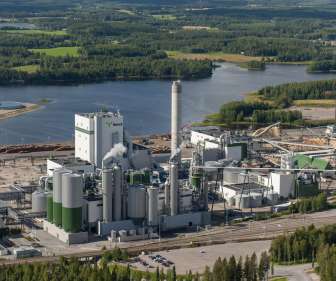







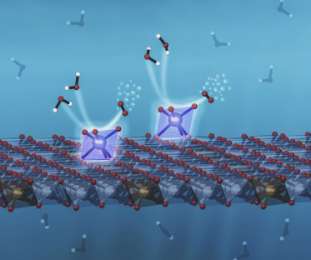
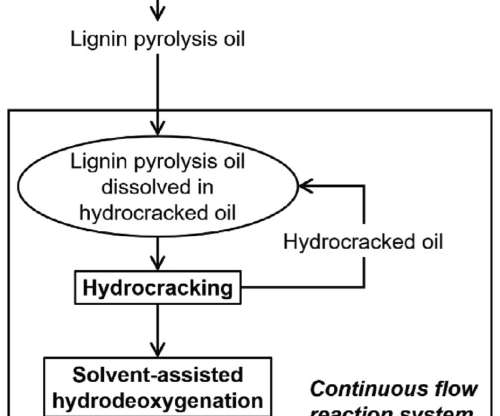
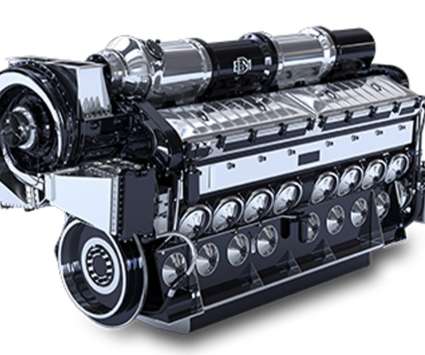












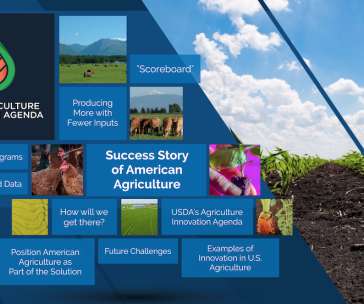



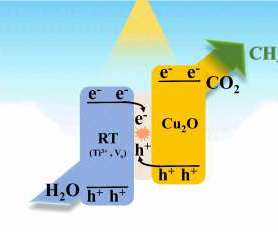



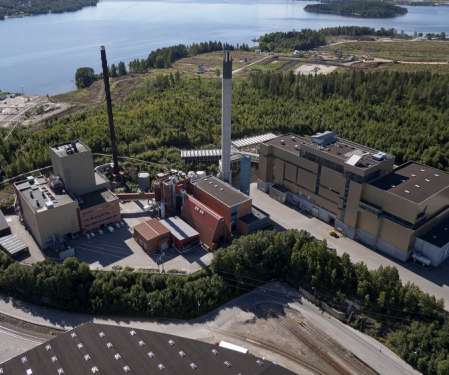









Let's personalize your content